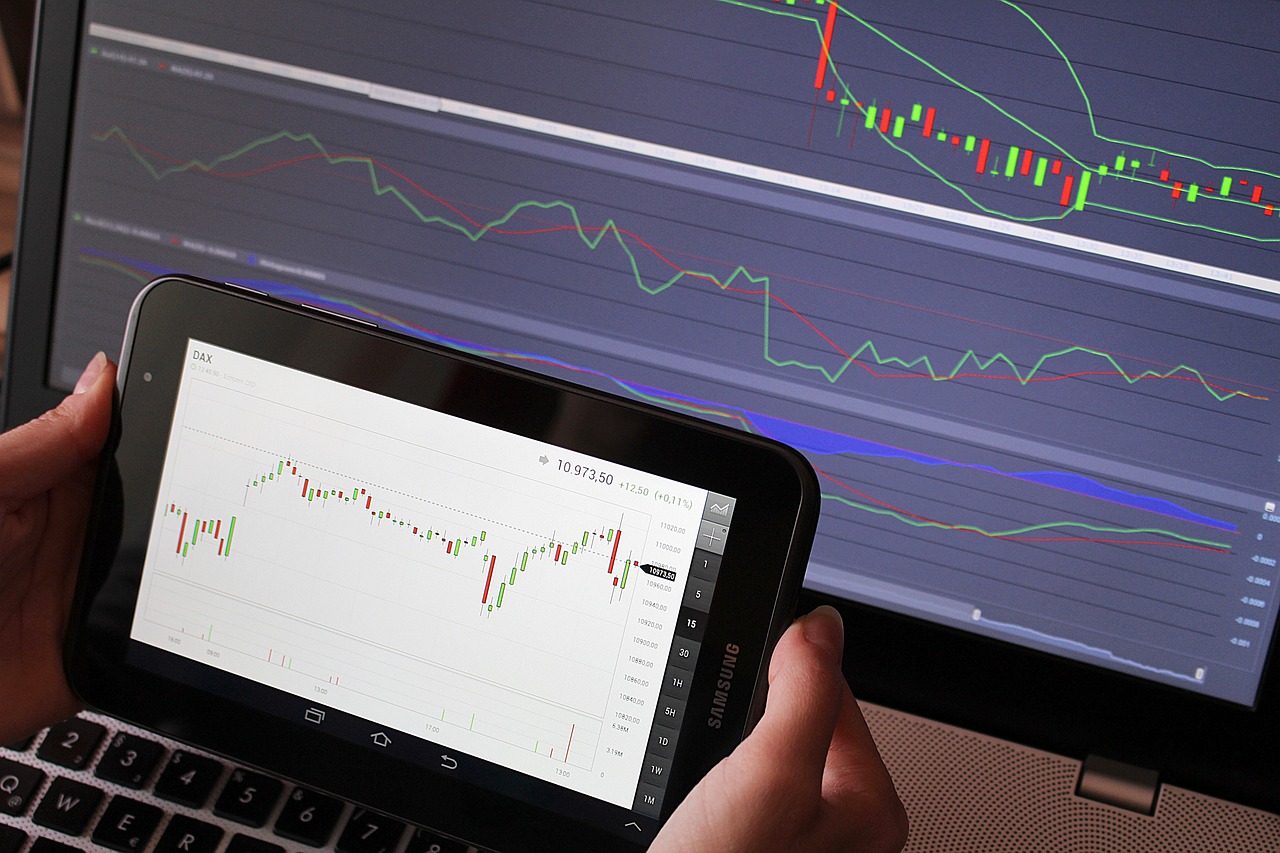Risk Management in Forex Trading: Advanced Techniques for Dubai Traders
Risk management is an integral part of any trading, especially relevant to Dubai forex traders. With the rapid rise of the foreign exchange market, many novice traders are turning to this potentially lucrative venture without understanding or factoring in the risks involved. To achieve consistent returns with minimal risk, experienced traders must employ advanced techniques for risk management that go beyond fundamental stop-loss orders and other standard measures.
This article will explain some of these more advanced methods used by successful forex traders in Dubai to effectively manage their risk.
Using leverage wisely
Leverage is potentially one of the most powerful tools available to forex traders, but it can also be a double-edged sword. On the one hand, it allows traders to trade prominent positions with relatively little capital. But on the other hand, it amplifies losses and can lead to more significant drawdowns. That’s why experienced traders in Dubai must use leverage wisely and employ risk management strategies that minimise risk while taking full advantage of its potential rewards.
To boot, leverage must be used in moderation. Many novice traders are tempted to increase their leverage beyond a reasonable level, which can lead to unnecessary risk and potential losses. Experienced traders in Dubai understand that leveraging too much can increase volatility and drawdowns, so they’ll use leverage judiciously.
Position sizing
The size of each position a trader takes should not be determined arbitrarily or based solely on a gut feeling; instead, it should be appropriately calculated to limit losses within an acceptable range without unduly affecting returns. Position sizing methods such as the Kelly criterion or fixed fractional can help forex traders in Dubai determine optimal position sizes that consider their risk tolerance and goals.
In addition to position sizing, traders should consider the amount of capital they’re willing to expose in any trade. This is known as the risk-reward ratio; experienced traders will set up trades with a risk-reward ratio that aligns with their risk tolerance and trading goals.
Stop-loss orders
A stop-loss order is placed with a broker to automatically close out a position once it reaches a specified price level. It is one of the most basic forms of risk management and should be used by all traders in Dubai as part of their overall strategy. Setting appropriate stop levels can help traders limit their losses while allowing them to take advantage of potential opportunities in the market.
Furthermore, traders should not rely solely on stop-loss orders to manage risk. Instead, they should combine stop-losses with advanced techniques, such as position sizing and leverage management, to form an effective risk management strategy.
Diversification
Diversifying one’s portfolio is another important risk management technique that should not be overlooked by forex traders in Dubai. By including diversified asset classes such as stocks, bonds, futures, commodities, and currencies, traders can reduce the risk associated with any single asset class and limit the impact of any individual market movement.
Another benefit of diversification is the ability to take advantage of multiple trading opportunities. With access to different asset classes, traders can profit from movements in both up and down markets and spread their risk effectively.
Volatility strategies
Volatility can significantly impact forex trading, and traders in Dubai must have some strategy to manage their exposure. One way to do this is through volatility-based positions such as straddles and strangles, which allow traders to profit from large price movements regardless of the direction. By using these strategies, traders can limit their downside exposure while taking advantage of significant moves in the market.
Volatility also affects the value of options, so forex traders in Dubai must understand how to use options correctly. Options can be used as an effective hedging tool with other risk management techniques, such as stop-loss orders and position sizing.
Risk management plans
Finally, every trader in Dubai must have a well-defined risk management plan. This should include specific goals, objectives, and guidelines for setting up trades, determining position size, and calculating stop levels. By consistently creating such a plan and adhering to it, traders can ensure they’re taking the appropriate steps to manage risk effectively.
Furthermore, traders should regularly review their risk management plan and update it as needed. This will help ensure that the plan is current with changing market conditions and that traders take the necessary steps to manage their risk appropriately.
With that said
Risk management is essential for any successful forex trading strategy, and traders in Dubai should take the time to learn and implement advanced risk management techniques. These include leverage management, position sizing, stop-loss orders, diversification, and volatility strategies.
By understanding and correctly applying these techniques, traders in Dubai can limit their risks while still having the potential to generate profits from their trades. With a well-thought-out risk management plan, forex traders in Dubai can more confidently enter the markets, knowing they manage their risk appropriately.
To create an account and start trading, visit ADSS.

